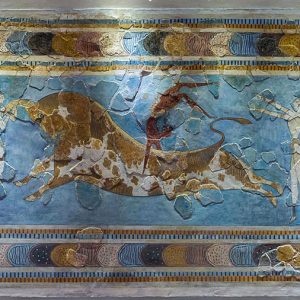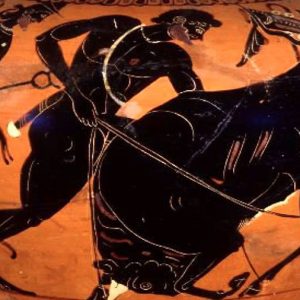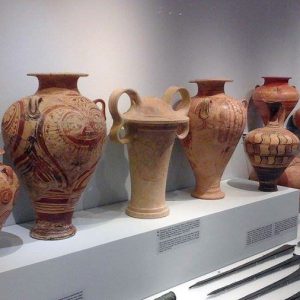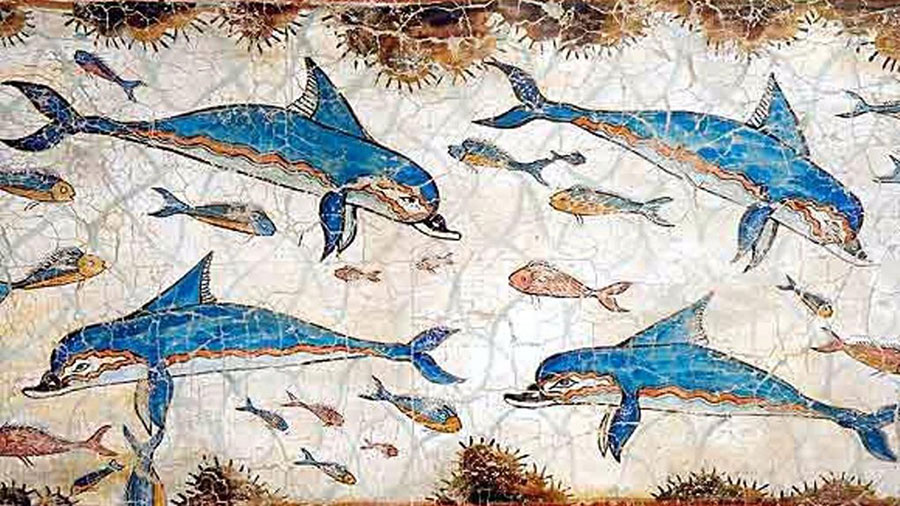
- Friday February 8, 2019
Tyrian Purple
The famously expensive Tyrian Purple, the purple-striped edges of a senatorial Roman toga and the phrase “Born to the Purple” (an Imperial Byzantine term) can be said to have one thing ultimately in common.. a gland found in a number of types of a small predatory shellfish, of the Murex family.
Stories about the discovery of the properties of the mollusk are many: amongst the Greeks, one credits this to a philosopher Herakles of Tyre – or at least to his dog, whose mouth was stained purple from chewing on sea snails along the Levantine coast (whilst said philosopher was otherwise involved with a young lady on the beach – no doubt discussing the finer points of his tenets). Later he donated a purple-dyed robe to King Phoenix (after whom Phoenicia is supposedly named – both words are based on a word for purple): his highness was suitably smitten, and announced that only royalty should wear the color. And that ‘high-and-mighty’ association has lasted.
It has been said that the Phoenicians were producing the material by around 1600 BC. It is also known that the Minoans of Crete were too, at much the same time – if not a lot earlier. Whoever first discovered the complex process is unclear, but the technology spread fast in the Aegean and East Mediterranean. It was a revoltingly messy and smelly process, requiring the crushing (as the remains plainly show) of tens upon tens of thousands of the shellfish: all of which had to be laboriously collected either in baited traps, or by hand. Some 12,000 molluscs yield barely 1.5 grams of the dye. Apart from its intense color, the dye was extremely fast and not prone to fade, which made it a rarity amongst the natural dyes available then. Inevitably, it was very expensive: in the 4th century BC, it could fetch its weight in silver.
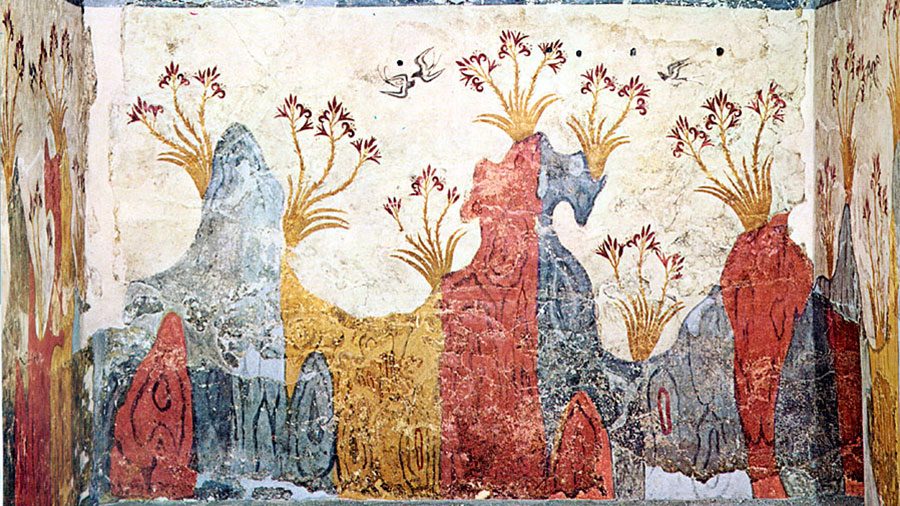
The English word ‘purple’ has its roots in the Latin purpura (via Old English purpul), in turn from the Greek πορφύρα (porphura). Other materials of a similar hue have borrowed the term: for example the igneous rock porphyry. But the word actually has its roots in the Bronze Age, being arguably found in Linear B tablets at Knossos (c. 1400 BC) .. po-pu-re-ja: by then a Greek term.
On Crete, it is said that the a dyeing establishment of EM III (say 2100 BC) was found at the seaside settlement of Pachyammos: here crushed shells, and storage and cooking vessels were located, alongside nine vats. Other suggestive remains have been found at other coastal settlements .. like Kommos and Palaikastro. It should always be remembered that these molluscs are edible too! Only vast amounts of shells and clear evidence of industrial activity can safely be used to pronounce a workshop.
One such is on Chryssi island (off the south-east coast of Crete): an otherwise dry and resourceless place. Here, around 1700-1450 BC, an establishment was set up to harvest the seas. One house has a room, with evidence of thousands of the broken shells, the crushing stone implements, the tripod cook-pots set over hearths in which the smashed flesh was heated, and ash and charcoal from the fuel everywhere. It is not a tidy place. There ought to be vats outside – so that the sunshine could play its role in bringing out the colors from the heated mash.
And the moral of the tale is: even something that might not smell nice but of fermenting flesh can yield something of beauty and worth!
By KnossosGuides
